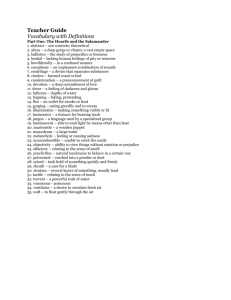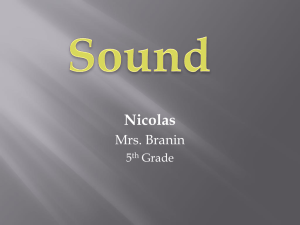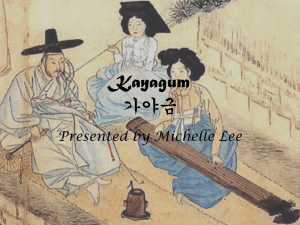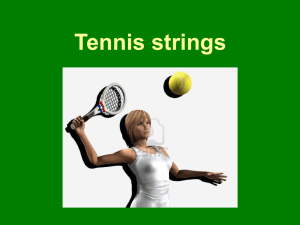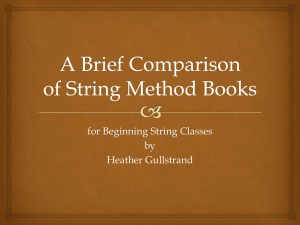Marionette by GIBSON
advertisement
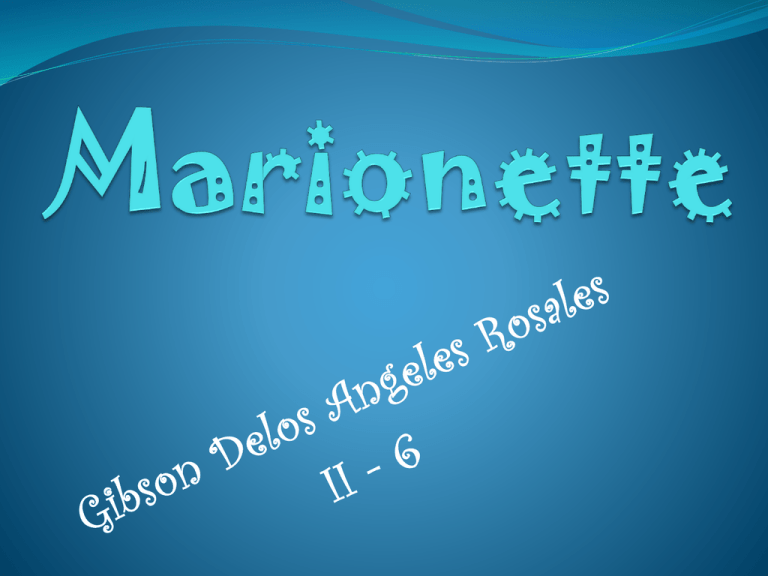
Marionette -is a puppet controlled from above using wires or strings depending on regional variations . Marionette's puppeteer is called a manipulator. Marionettes are operated with the puppeteer hidden or revealed to an audience by using a vertical or horizontal control bar in different forms of theatres or entertainment venues. They have also been used in films and on television. Parts of a Marionette Head The heads of marionettes are made from wood, porcelain, cloth, paper mache, or plastic. Their painted or sewn features emulate human faces, and their hair is made from yarn, cotton, paper, felt, synthetics, or real tresses. Mouths are generally painted in a fixed expression, although sophisticated marionettes may have a movable jaw. Hands and Feet The extremities of a marionette are made of wood, porcelain or hard plastic and are weighted at the wrists and ankles for control of their movements. The strings attached to the extremities either go all the way through the palm and top of the foot and are knotted on the side that's the least visible or are secured by a metal screw on the top surface. Body The body of a marionette is soft for flexibility. Plastic, rubber or wooden dowels comprise the skeletal framework; cotton or rags stuffed inside a muslin or knit casing are what give the character its form and contours. Ball bearings are often sewn into the body cavity, arms and legs so the character won't flap around during a breezy afternoon performance. Strings The strings that control a marionette's movements need to be sturdy enough to support the puppet's weight but not so thick that they become a distraction. They can either be clear or a color. At a minimum, strings are attached to the head, hands, knee joints and feet. More elaborate marionettes will have strings to operate their jaws and eyes as well as strings attached to the shoulders, elbows, hips, and backsides. Cross Bar The strings are attached by heavy staples or metal screws to two pieces of lightweight wood that are glued together to resemble a cross. For more elaborate marionettes, there is a second piece of removable wood that rests just above the top part of the cross and controls the leg movements of the puppet. Costumes Marionette costumes are made of cotton, felt, fur, wool, burlap and brocade. The colors and styles are meant to depict the social/economic station of each character in the story and, in some cases, to incorporate signature elements of specific characters such as ruling monarchs or the clergy. Types of marionette control bar Chinese / Asian Paddle control This type of control has many strings attached to a rounded rectangular paddle with a short handle, all the strings are attached and hang from the outer edge of the paddle and are used by selecting each string with the opposite hand and pulling to control the figure which hangs below. Horizontal control This control is a bar which is held in the hand in a horizontal plane, there can be numerous bars attached to it at right angles to the central bar which the Hands, shoulders and back etc are all attached to. A smaller plate is usually hung under the main bar and this carries the head strings. a clip usually holds the leg bar which can be detachable for leg movement. This style of control is generally used in the USA for human figures and is also known as the American control, A similar control is almost universally used for quadruped animals as it emulates the basic shape of the animal, rocking it from side to side will control the leg movements in unison when strung correctly. A variant of this style of control is also used by the Salzburg Marionette Theatre in Austria for its human characters. Vertical Control This type of control is an upright bar which has various smaller bars inserted at right angles from which the head, Shoulder, Back etc strings etc are attached to. This control usually has a detachable leg bar which controls walking when held in the opposite hand. The arms are controlled by wires which are inserted in to a hole in the shaft bent at approximately 45 degrees to the shaft and hang loosely with a loop at the end to attach the hand strings, these are then moved by the fingers holding the main shaft. A tilt of the main upright, controls the head and body with a fine nuance, This type of control is usually called the Bristish control Another variation of the Vertical control is found in eastern Europe usually a rigid wire rod extends from the centre of the head upwards and fixed rigidly to the control, The leg bar is inserted through the main upright but pivots on a pin to allow movement of the legs. Styles of marionettes Sicilian marionettes Sicilian marionettes are among the simplest marionettes to operate. They are usually carved out of wood and have a sturdy rod which extends up through the body into the head. This rod, and one string attached to the hand, controls the manipulation of the puppet. Czech marionettes Czech rod marionettes are similar to Sicilian ones though they are more complex. They are hand carved, usually using lime wood. The marionettes have the central rod like the Sicilian marionette but also have strings for the arms and legs. Sometimes they also use string to control a mouth or movable ears. These require more skilled manipulation. Czechs also have marionettes that have no central rod and strings that are attached to the head, shoulders and back. These are the most difficult marionettes to manipulate due to the absence of the central rod. Miroslav Trejtnar is an acknowledged master puppeteer and teacher of traditional Czech marionette making skills. Burmese marionettes Burmese marionettes are all string operated and are a popular art in Myanmar. Marionettes are called Yoke thé (lit. miniatures) and are almost always performed in operas. A Burmese marionette troupe must have 27 characters, including a king, animals such as horse, elephant, tiger, monkey and parrot, ministers, prince and princess and buffoons A hsaing waing, a traditional Burmese orchestra usually provides the music. Burmese marionettes are very intricate and dexterous as they employ 18 (for male characters) or 19 (for female) wires, each puppet controlled only by one puppeteer. THANK YOU Sources : en.wikipedia.org/wiki/ Marionette www.ehow.com
